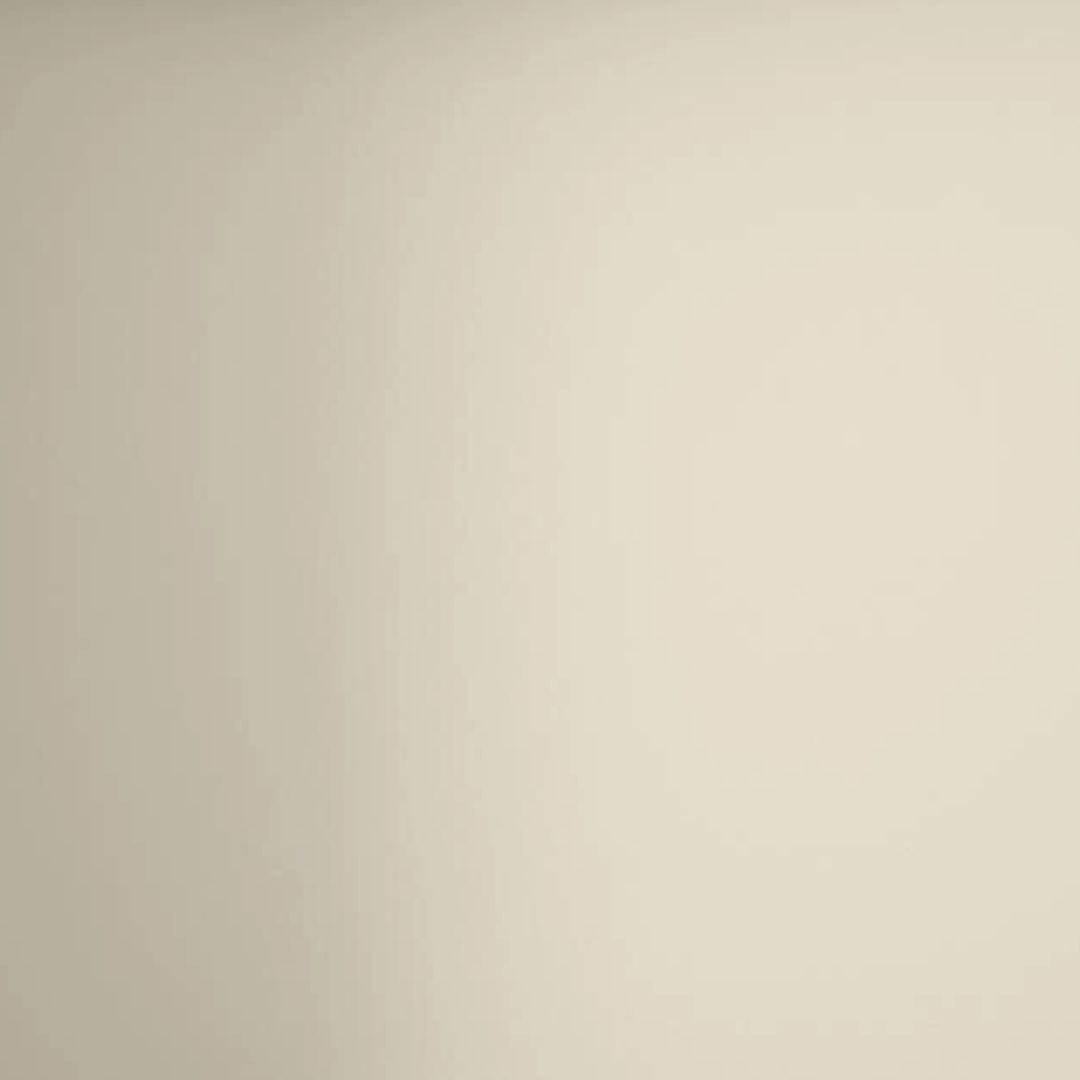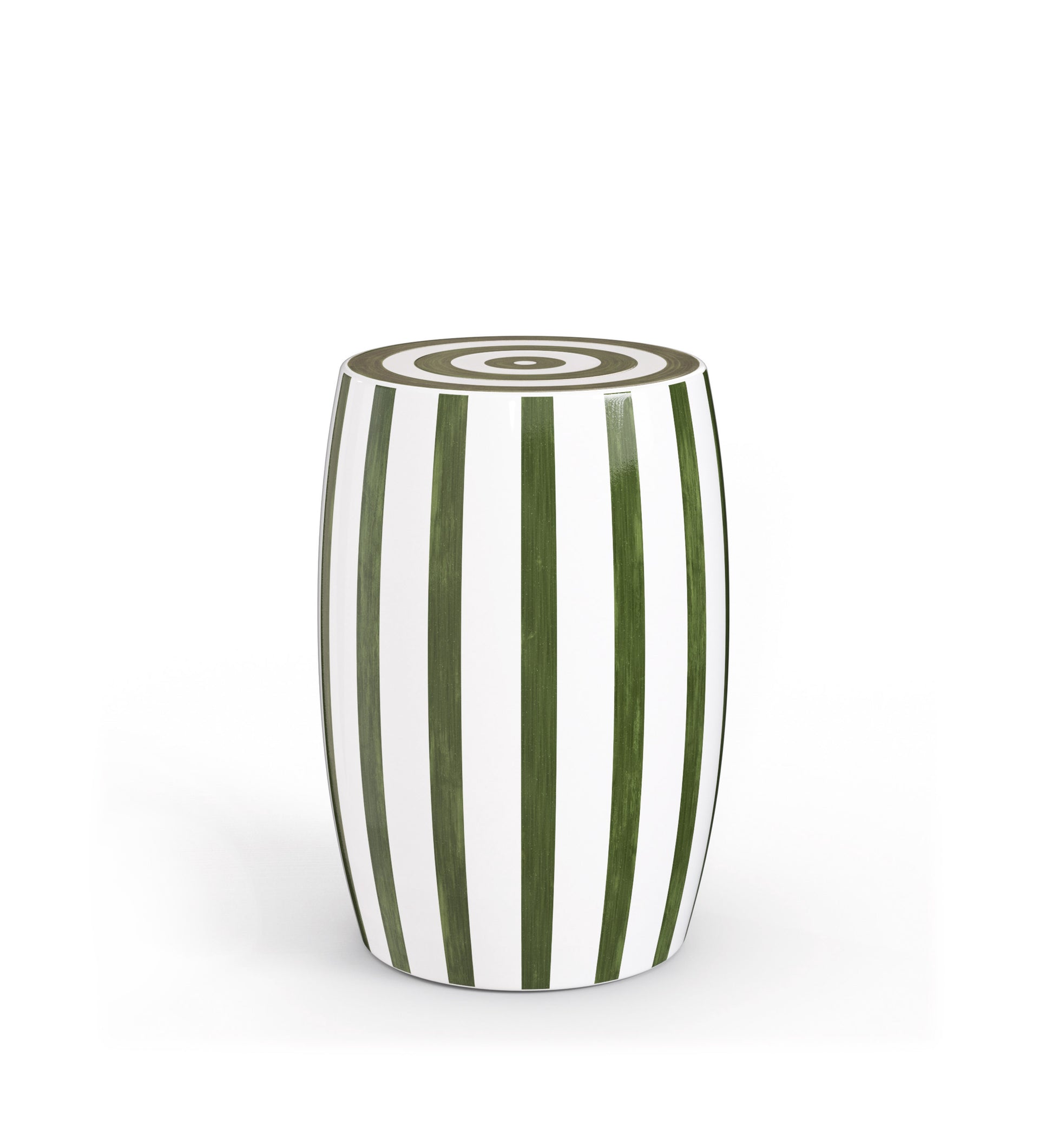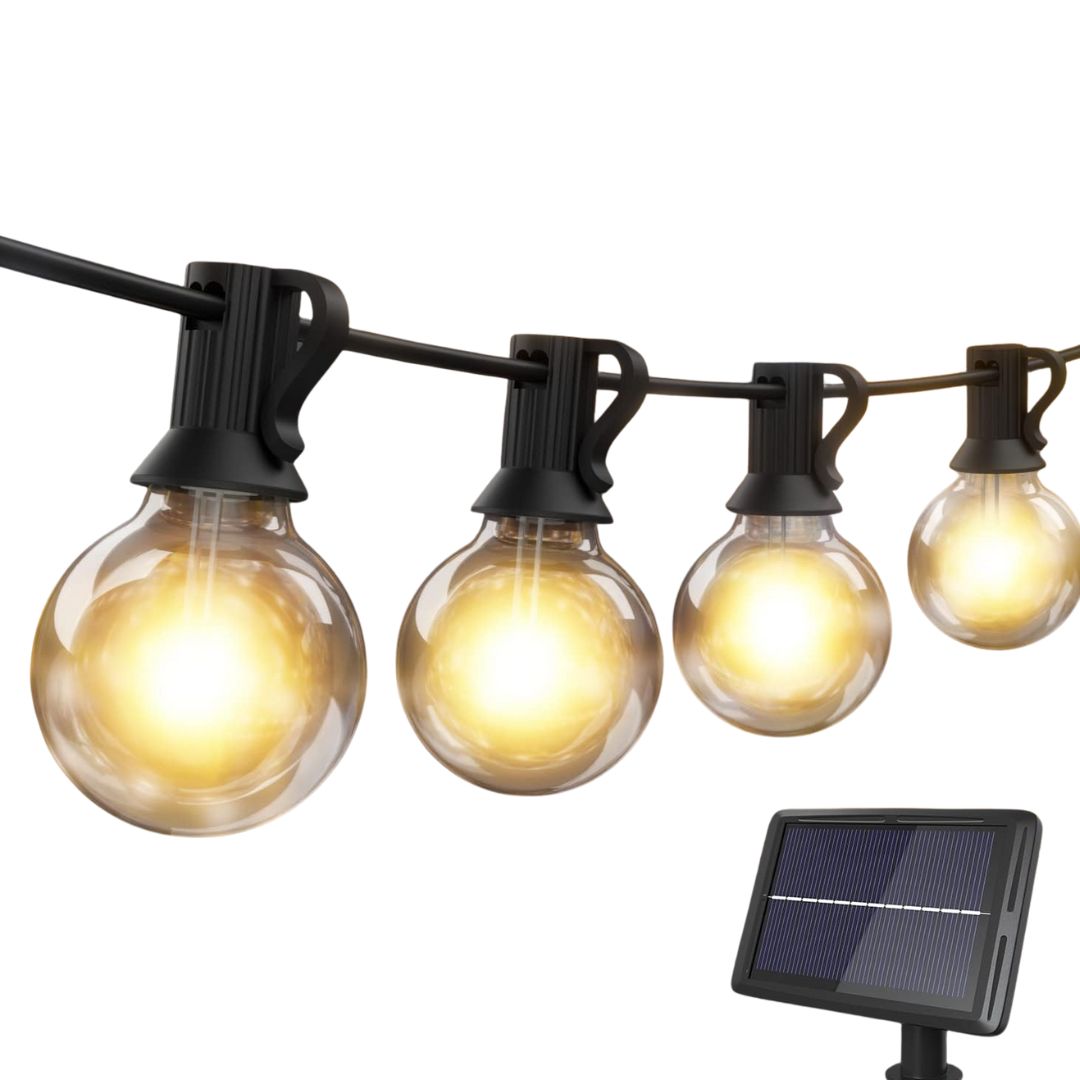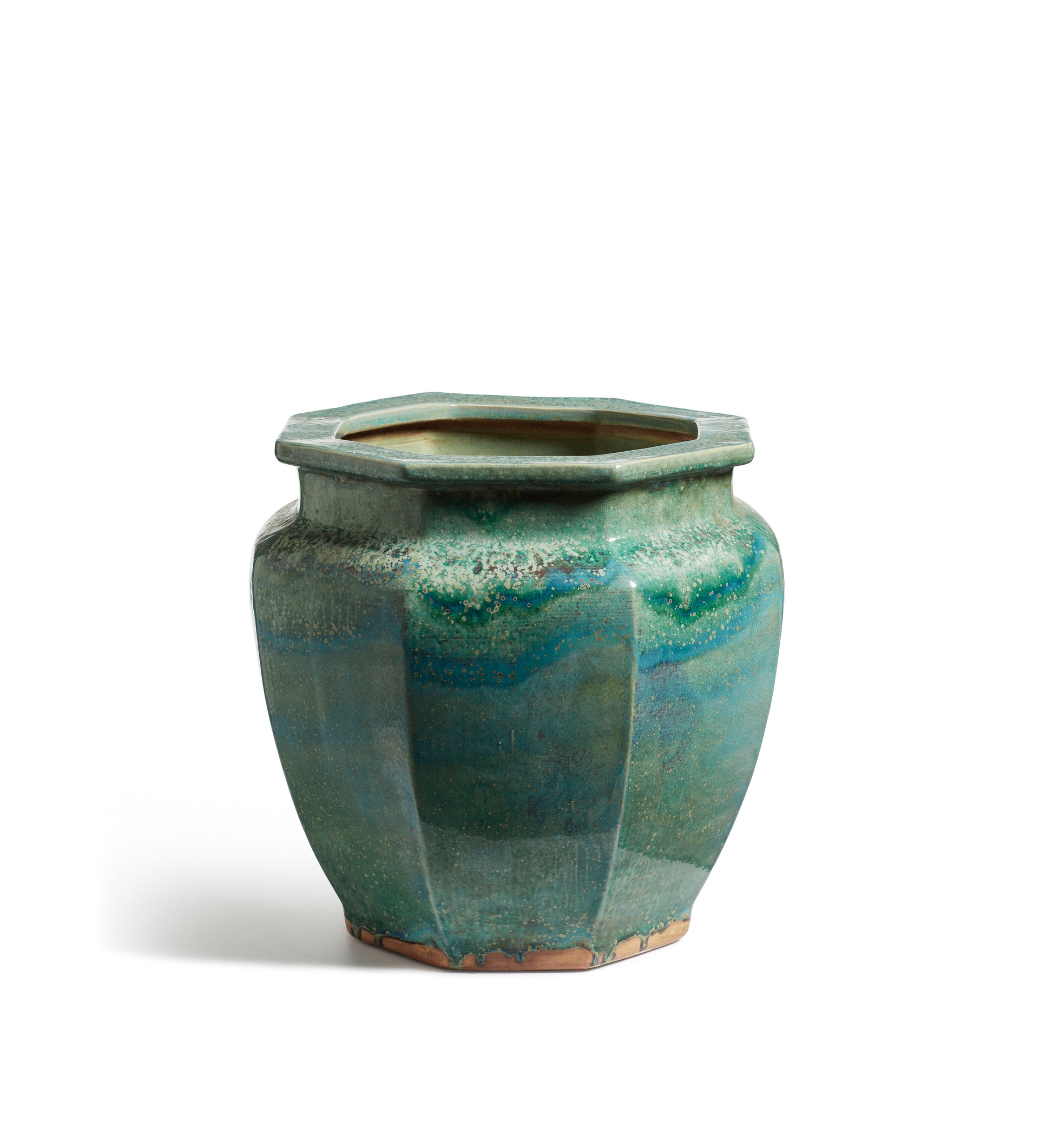10 Garden Shed Ideas for a Contemporary Take on This Useful Outdoor Storage
Spruce up a humble shed and make it work harder for you with these simple and stylish tips from experts.
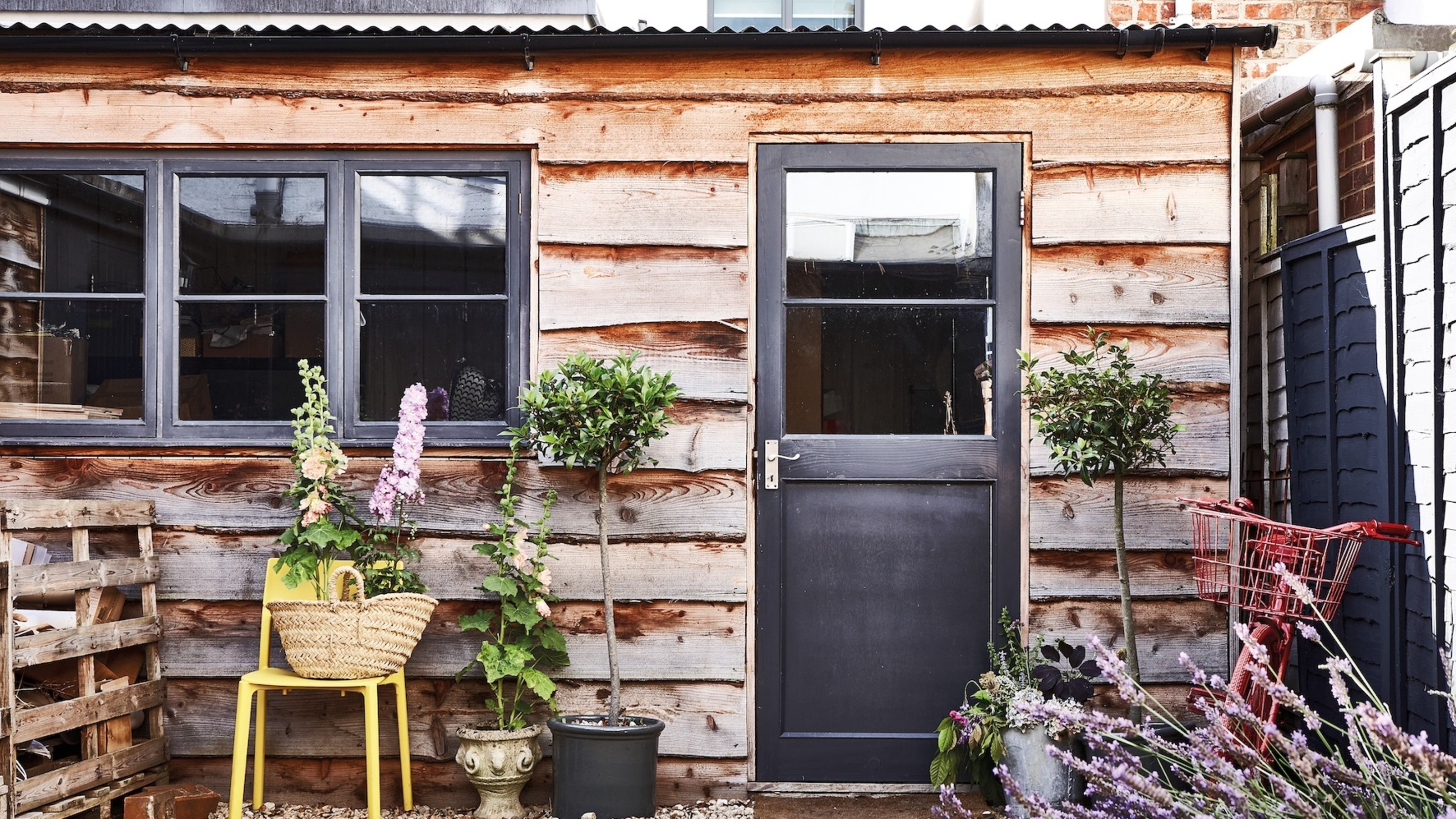
The humble garden shed has a multitude of uses–from storing tools and outdoor equipment to potting up plants. Many others have been turned into writing retreats, artist studios, and more. Discover which of the garden shed ideas ahead appeals to you most.
It may even be worth considering having more than one shed, so you can earmark one for essential storage and another to fulfil a hobby, whatever it may be.
"Keen gardeners will likely want to use their shed for traditional garden jobs, but if you don’t have green fingers, you could use it as a place to escape and zone out," says stylist, Selina Lake, author of Shed Style, published by Ryland Peters & Small.
Knowing what you want to do with it is step one; step two is finding where to buy a garden shed that's actually stylish.
1. Decide on Its Purpose
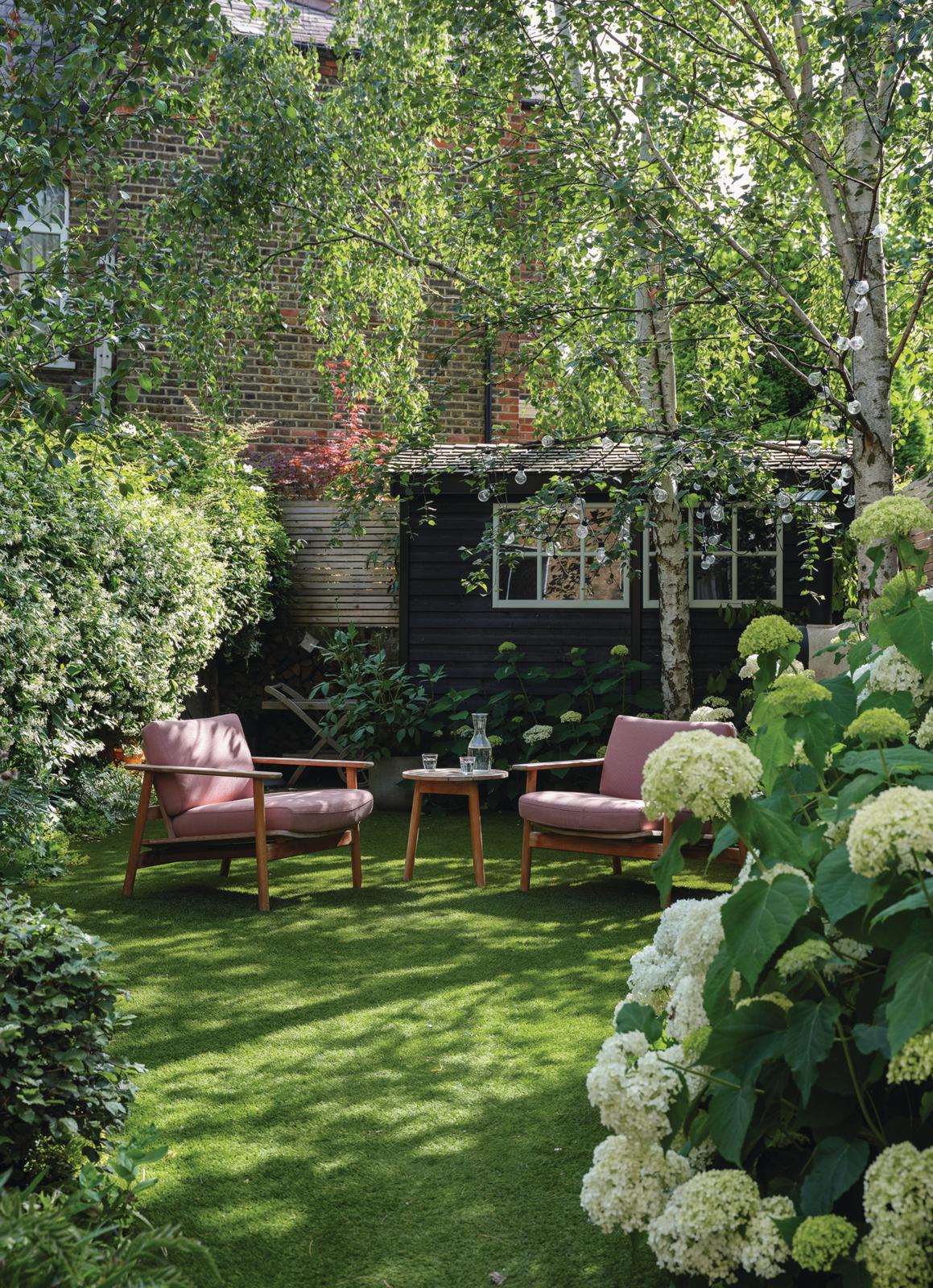
Having a clear purpose for your shed will help to keep it organized.
All too often, a garden shed can become a dumping ground for anything remotely 'outdoor' or garden related. It may sound obvious, but decide on a purpose for your shed. Is it mainly for backyard storage? Or would you like to be able to do DIY, pot up plants or escape there too?
If it's the former, kit it out with cupboards, shelves and wall hooks, whilst also leaving floor space for heavy items and access routes. If it's the latter, ensure your shed is large enough to have separate areas for storage plus space for a potting bench, seedling trays and associated planting paraphernalia; or a work bench and power tools–or even a seating area.
"A shed allows you to indulge in a gardening hobby on wet-weather days, providing protection from the elements and somewhere to hide out when the storms roll in," says Selina Lake. "It’s a dedicated spot where you can sort and dry seeds and store bulbs between growing season.
The Livingetc newsletters are your inside source for what’s shaping interiors now - and what’s next. Discover trend forecasts, smart style ideas, and curated shopping inspiration that brings design to life. Subscribe today and stay ahead of the curve.
"If you need to share the space with tools and large compost bags, get clever with storage. Are there any nifty ways to divide it? Even a simple muslin/cheesecloth curtain will do the trick."
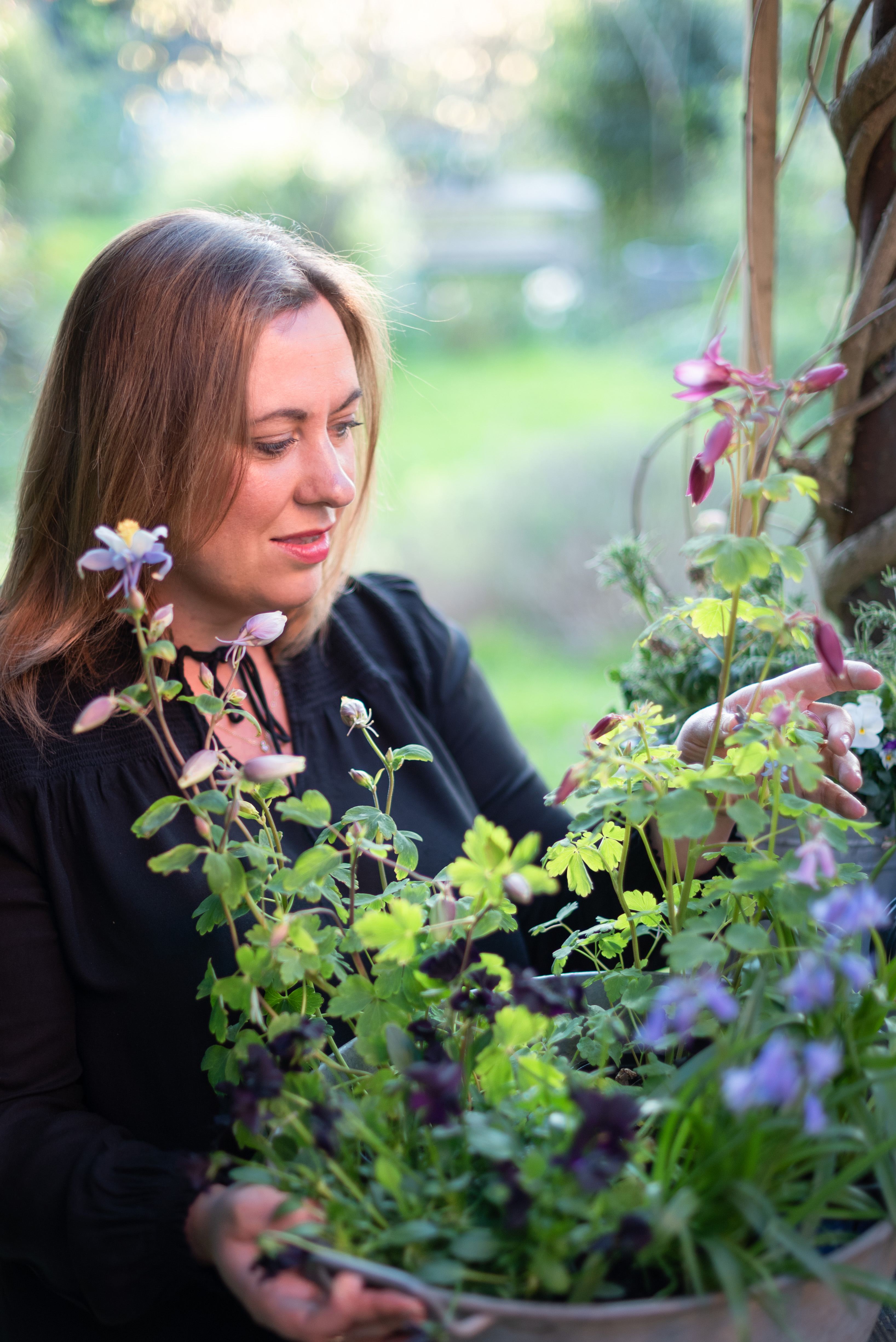
Selina Lake is a stylist and author of Shed Style, and other books, published by Ryland Peters & Small. Her work has been exhibited at the RHS Chelsea Flower Show and RHS Hampton Court Palace Garden Festival and can be seen in Country Living, The English Garden and Country Homes & Interiors. She is also a keen gardener and loves pottering about in her shed.
2. Paint the Shed Exterior
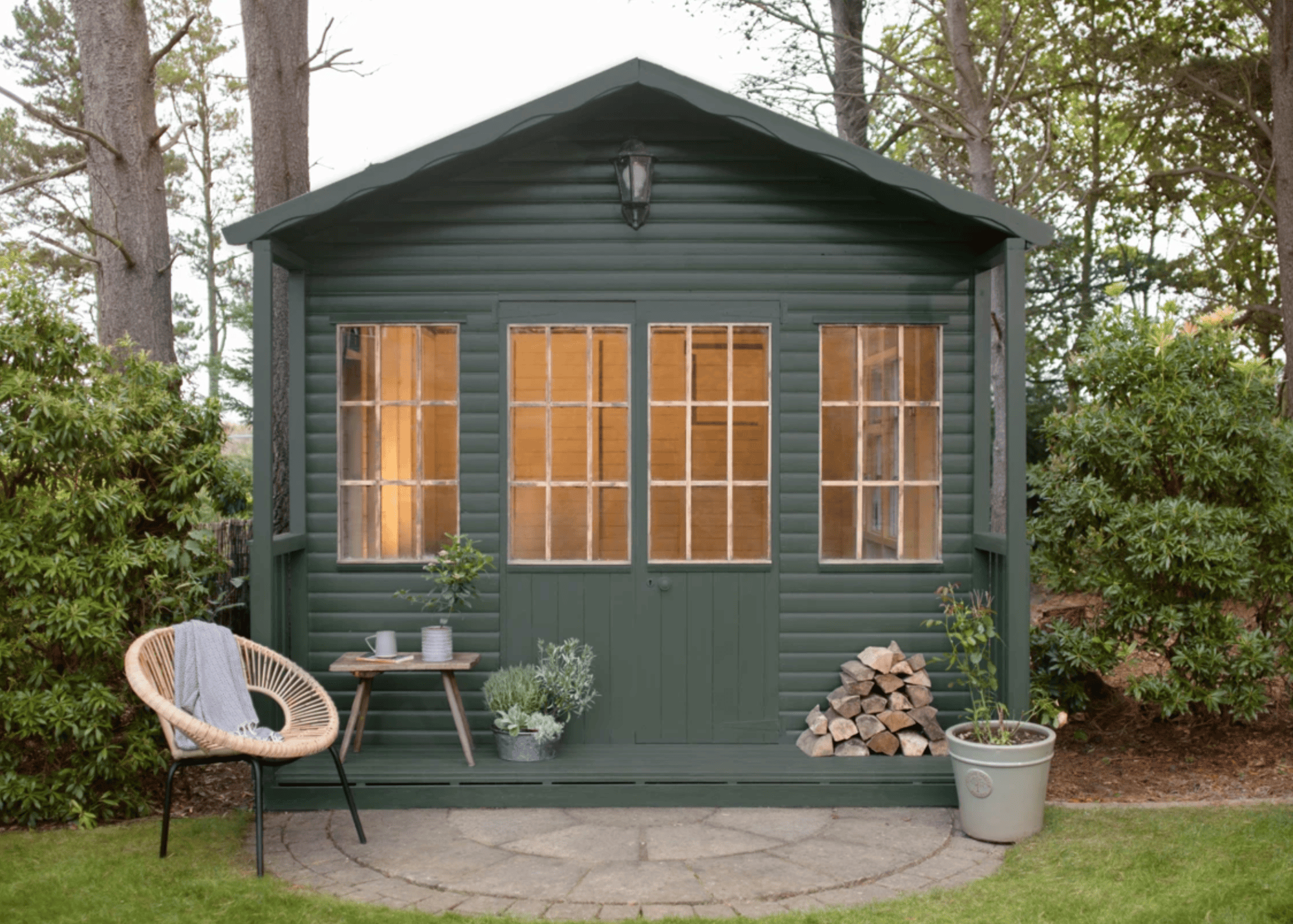
Choose a shade that will blend with your garden.
Off-the-shelf timber sheds generally come in unattractive shades of orange or yellow pine. Given the beautiful exterior paint trends available, this situation can be easily remedied with a transformative coat or two. Give adequate consideration to the longevity of your color choice and select a finish that is suitable for exterior surfaces.
"Before painting your shed, give some thought to selecting the right color – one that matches your chosen decorative style and works well with any furniture you already have," says Selina. "Paint swatches on the exterior to help you choose and wait till the paint has dried completely before making your decision. My preferred colors for exteriors are greens, black, and dark earthy browns, as well as off-white (but not cream)."
3. Paint the Shed Interior
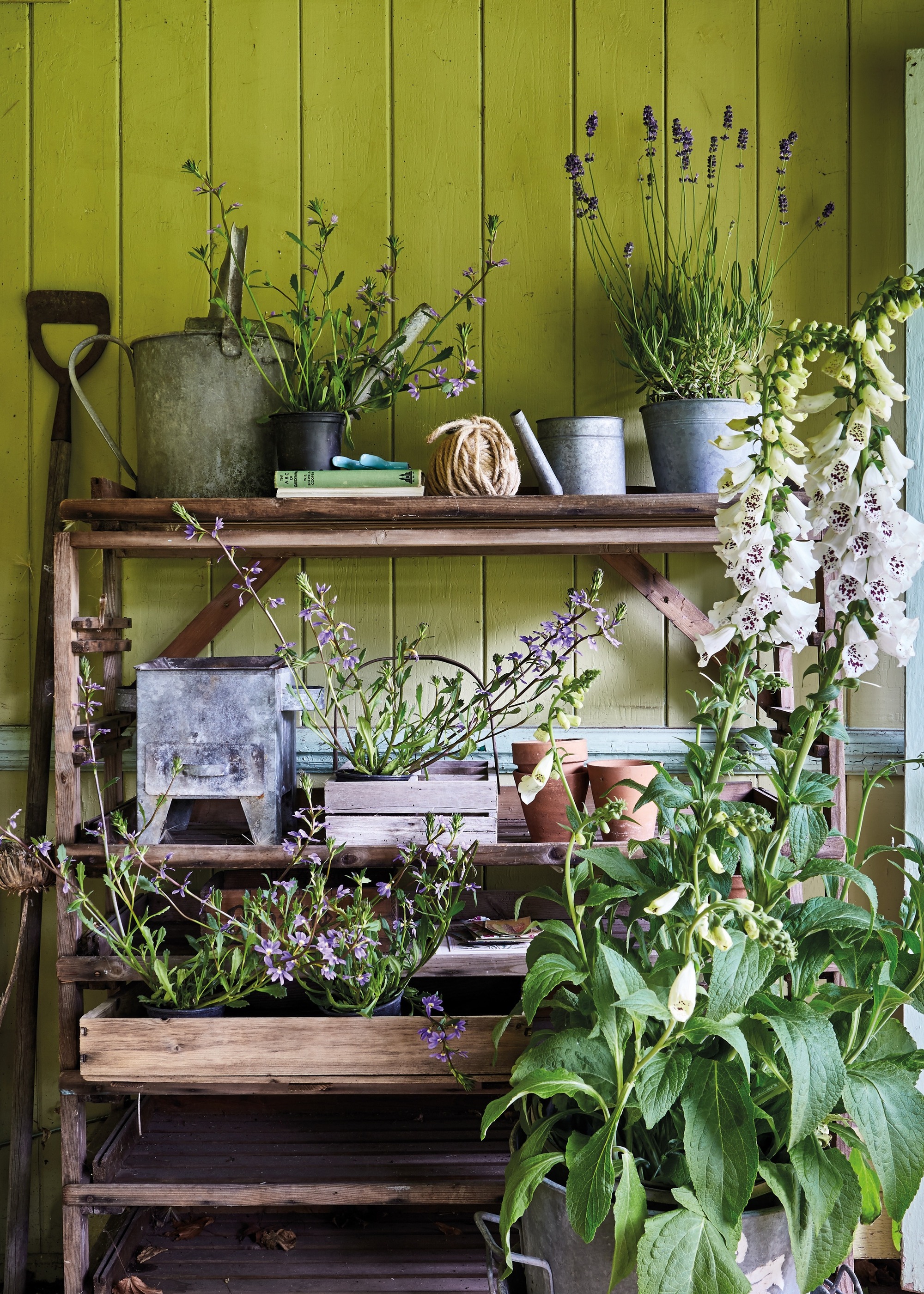
Brighten up the interior of your shed with a coat of paint.
Painting your shed's exterior requires careful consideration, as it needs to blend in with your backyard ideas and not create an eyesore for your neighbors. However, if you're drawn to bolder colors, you can have a little more fun in the interior. Alternatively, create a soothing garden retreat and opt for calming neutrals.
"The best thing about a shed or small garden building is that it won’t take much time or paint to give it a new look," says Selina. "A bold, bright color on the interior walls of a garden building could limit its styling potential, so I’d recommend a neutral backdrop if you want to make the most of the space.
"Super-bright ‘out there’ colors date fast and are best used to highlight smaller areas such as window frames or doors. By the way, painting wood and metal structures with the appropriate specialist outdoor paint will protect the material and prolong the life of your shed."
4. Ensure It Has Adequate Storage
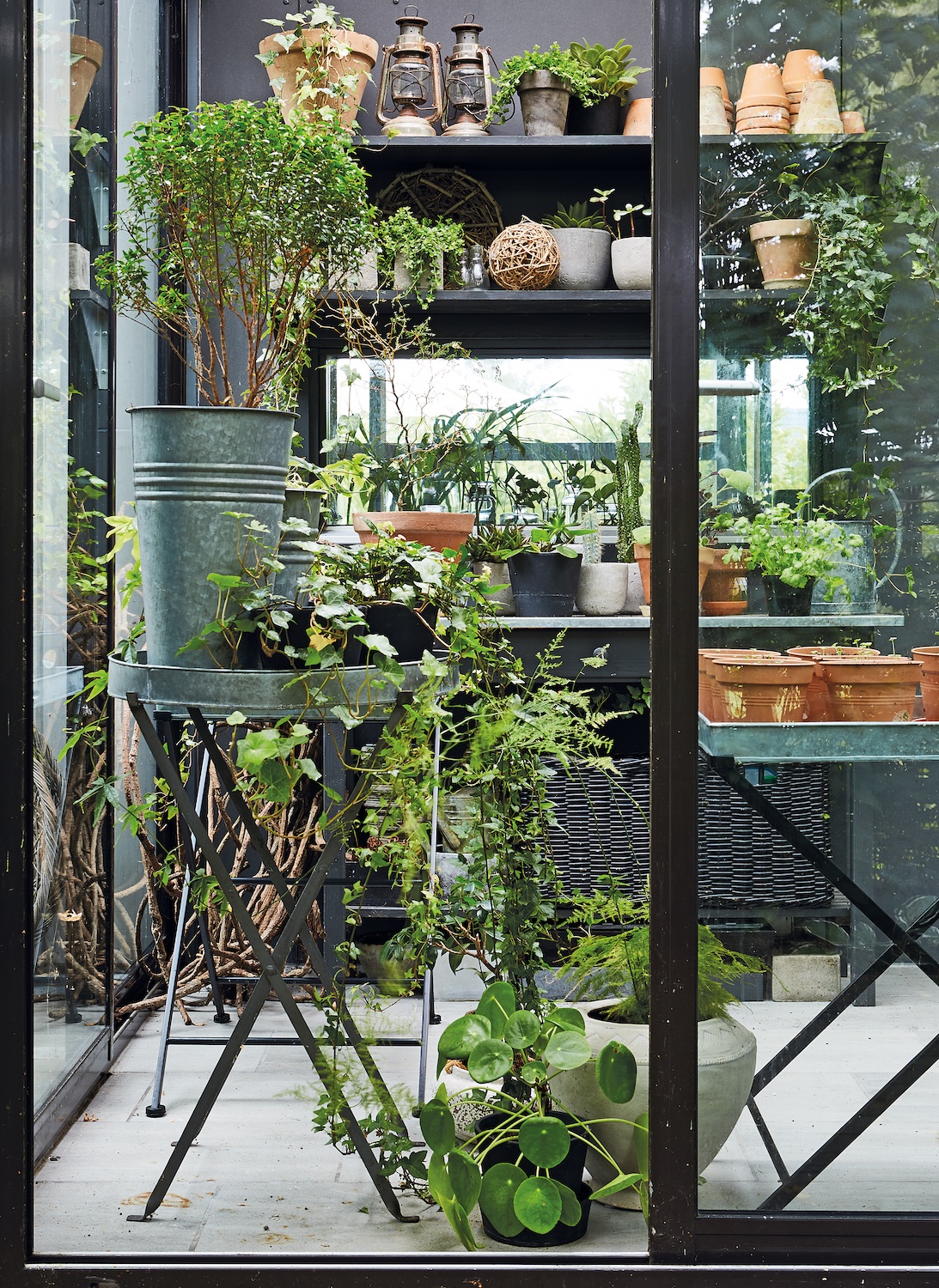
Good storage is the key to an organised shed that supports your garden goals.
Before you start installing cabinets or shed shelving, consider what you will need to store first–in the same way an interior designer might ask a client to count their shoes and bags, or dresses and sweaters, before designing a closet. It's worth thinking about how many bags of compost you may need to store at any one time, where a wheelbarrow or lawnmower might need to go, or how many empty pots you will be storing on shelving (as well as the weight the shelves will need to take). With the practicalities in mind, you can then go to town on the more decorative elements.
"Even the humblest structure can be tailored to meet your needs — start by installing a workbench and creating some storage space before tackling the decoration, both inside and out," says Selina. "Fit shelving in the interior and use old tin boxes to stash seeds – remember to label the packets before you put them away.
"Open shelving will allow you to showcase favorite items, while closed storage is best for less attractive or practical pieces. A simple tabletop on trestle legs can be used as a surface to work or craft on and is easily dismantled and tucked away when necessary."
5. Repurpose Pre-Loved Furniture for Vintage Charm
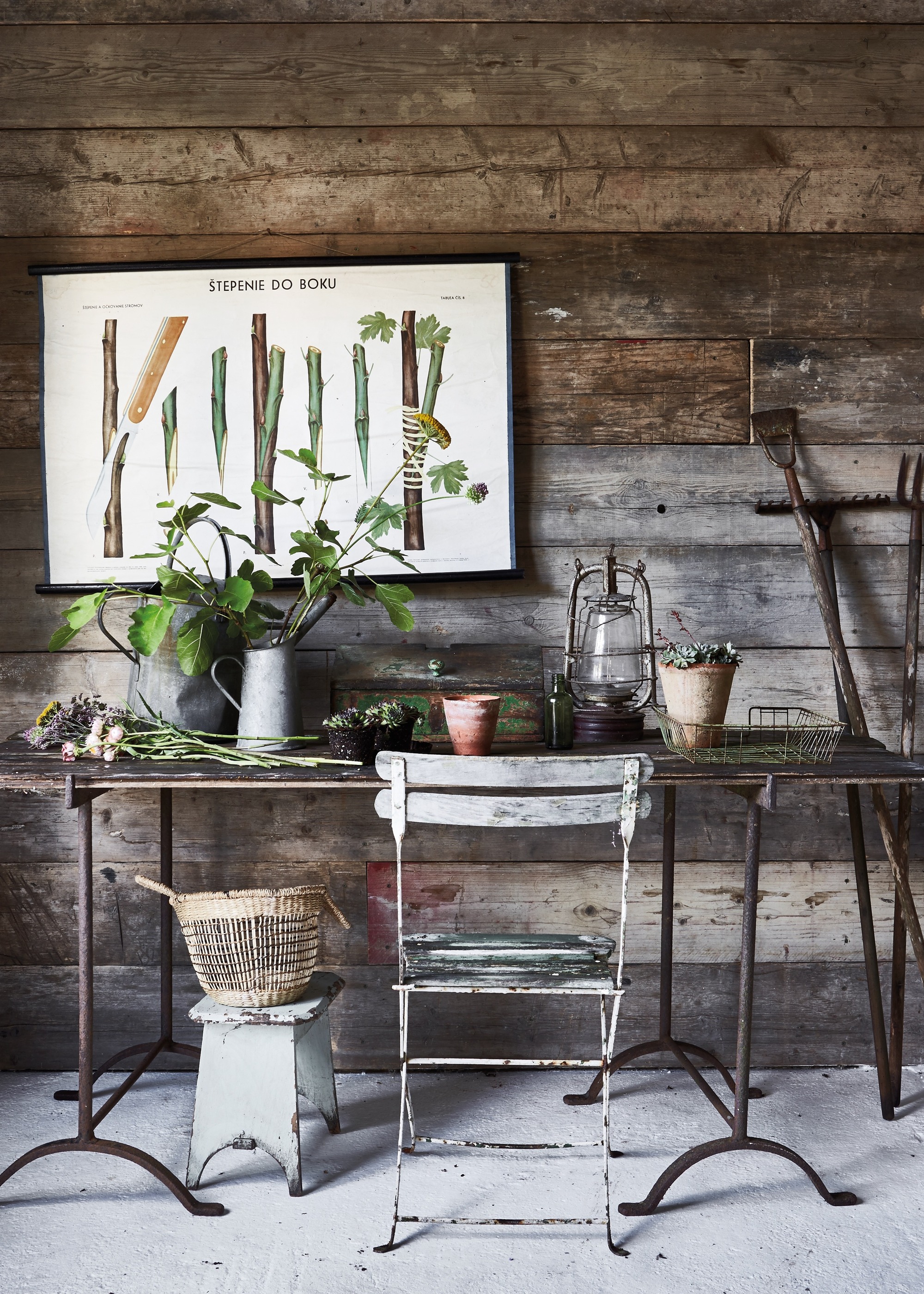
A salvaged trestle table and fold up chair provide a work area in this wooden shed.
Furnishing a garden shed is a great opportunity for repurposing tired tables and cabinets or buying salvaged or second hand furniture. There's little point kitting out a shed with immaculate items, if you're going to be potting plants, sawing timber or storing mucky bags of compost.
"Reclaimed furniture works well in a rustic wooden shed," says Selina. "Your local reclamation yard is the place to rummage for old trestles, tables, benches, folding chairs and much more.
"If you're chucking out a tired bedside table/nightstand, why not give it new purpose in the garden by using it to display planters and store plant pots? The little drawer will come in handy for storing plant ties and labels.
"In my own shed, the previous owner had left behind a big wooden cabinet (the base unit of an old dresser/hutch, we suspect) and I use this as my potting bench."
6. Hang a Bug Hotel on the Outside
A post shared by Ann Karén K. Strand (@husihagen)
A photo posted by on
It's entirely possible for modern garden sheds to be pretty and practical. Blogger Ann Karén K. Strand @husihagen shows how it can be done, with her inspiring Instagram updates.
The bug hotel hanging on Ann Karén's shed exterior not only looks charming against the matt black finish, it provides a home for pollinators, who in turn help her plants and produce to proliferate.
A bug hotel is also a great way to naturally reduce pests in your yard. As the ladybirds, lacewings, solitary bees, and other types of beneficial bugs that will take up home will feed on aphids and other pests. Although buy your bug hotel from a reliable source, such as The National Trus,t and ensure you hang it on a sheltered side of your shed.
7. Add Solar Panels or Have Electricity Installed
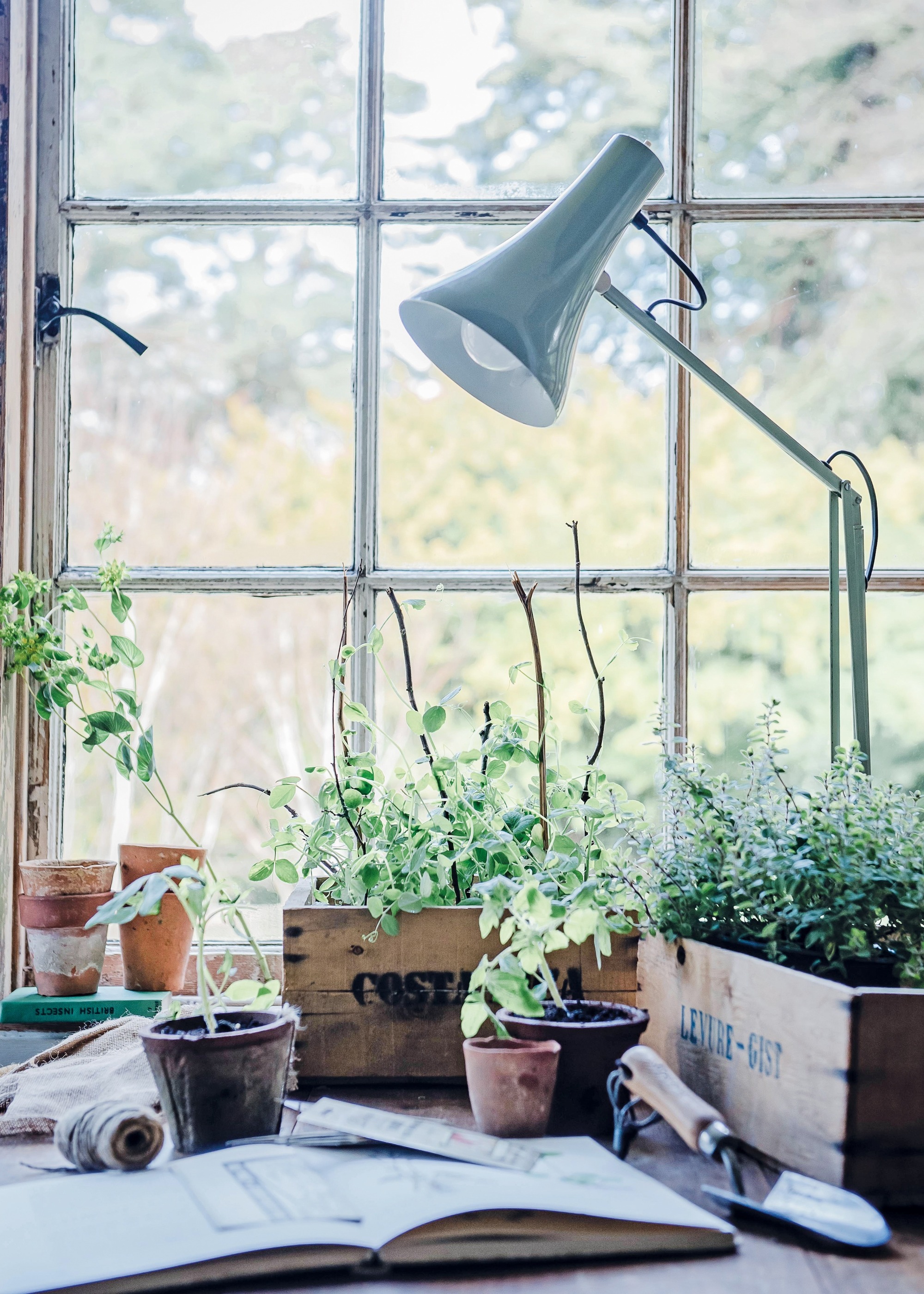
An electrical supply will enable you to do more in your shed.
If your shed is close to your home, it may be possible to have an electrician run an electrical supply to it. This will enable you to have garden lighting and a socket for charging power tools, running an extra freezer, or anything else you might require electricity for. There are now also modestly priced DIY solar panel kits for (sturdy) sheds available, which should provide enough power for low-wattage lights and charging tools.
"For small spaces, choose simple, space-saving lighting such as battery-operated or solar-powered string lights," says Selina. "Neat metal or enamelled pendant shades or wall lights are also good options.
"A larger space with a higher ceiling capacity allows for some statement lighting – perhaps a cluster of glass pendants, a chandelier, or oversized rattan lampshades. No power? No problem. There are so many solar-powered lights on the market nowadays – just remember to fit the solar panel in a sunny spot and choose options with a warm tone rather than anything too cold and blue."
8. Give It a 'Green' Roof
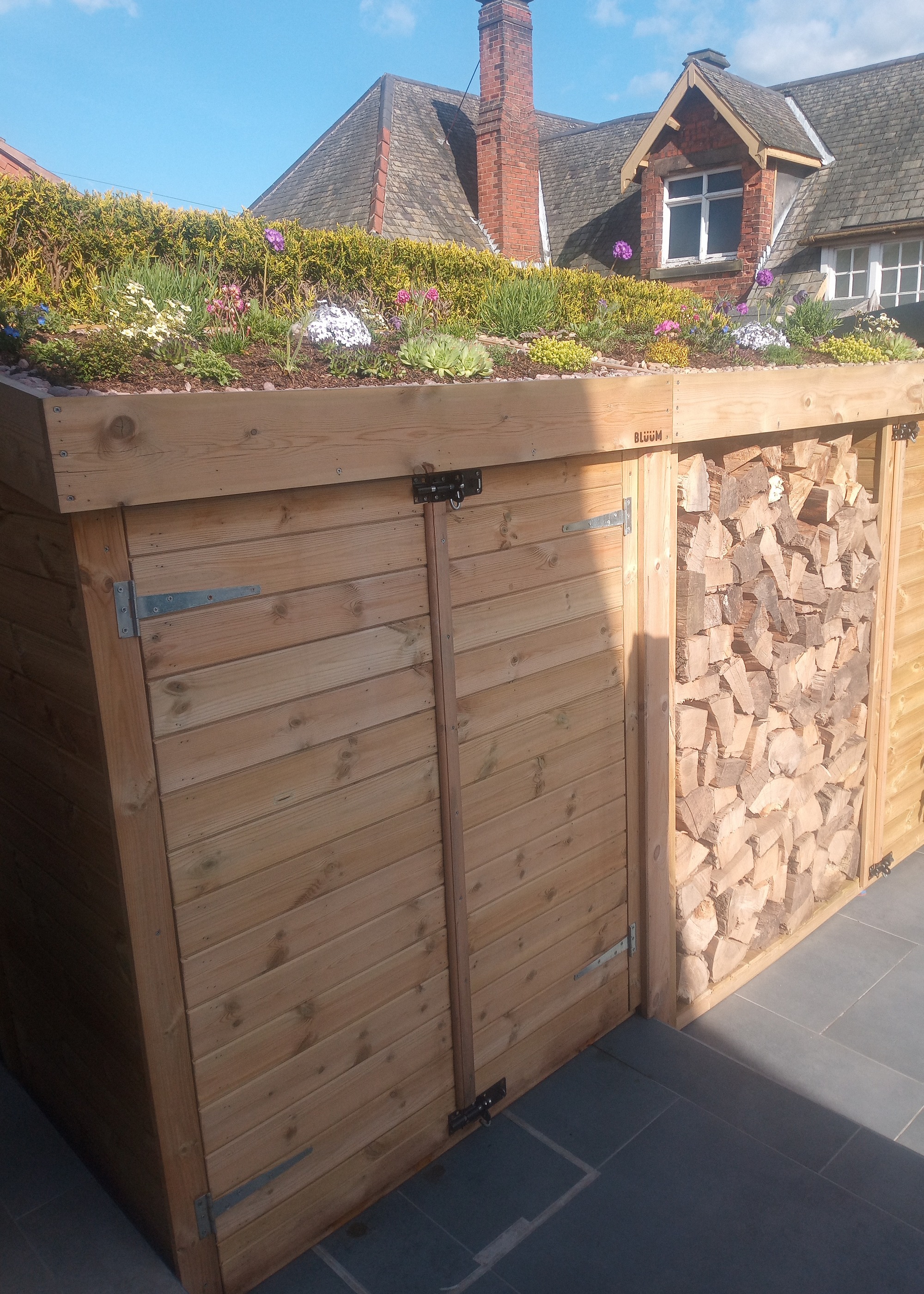
Give your shed a green roof to encourage birds and butterflies to your garden.
In a small urban garden, where brick, stone, timber and other hardscape materials often dominate, the desire to 'green up' the landscape is a noble quest. Because of this, sedum or 'green' roofs on rear extensions, bin and bike storage or garden sheds are becoming increasingly popular.
"Not only does a green roof look great and increase your garden’s biodiversity, it also helps to insulate the shed or structure," says Dave Morgan, founder, Bluum. "The roof acts as an insulating layer, regulating the temperature inside; increasingly important in our current climate. A further benefit is flood prevention – the plants help to ‘slow the flow’ of rainwater, reducing strain on drainage systems.
"The most popular choices for planting are sedum varieties or other alpine plants – these only require a shallow rooting system. Sedum can be bought as a mat, similar to a roll of turf, for a quick and easy, instantly lush solution. It is extremely hardy and requires little to no maintenance, as well as having excellent drought survival skills. Other options include wildflowers, and some herbs and grasses."
9. Add Decorative Touches With Fabric
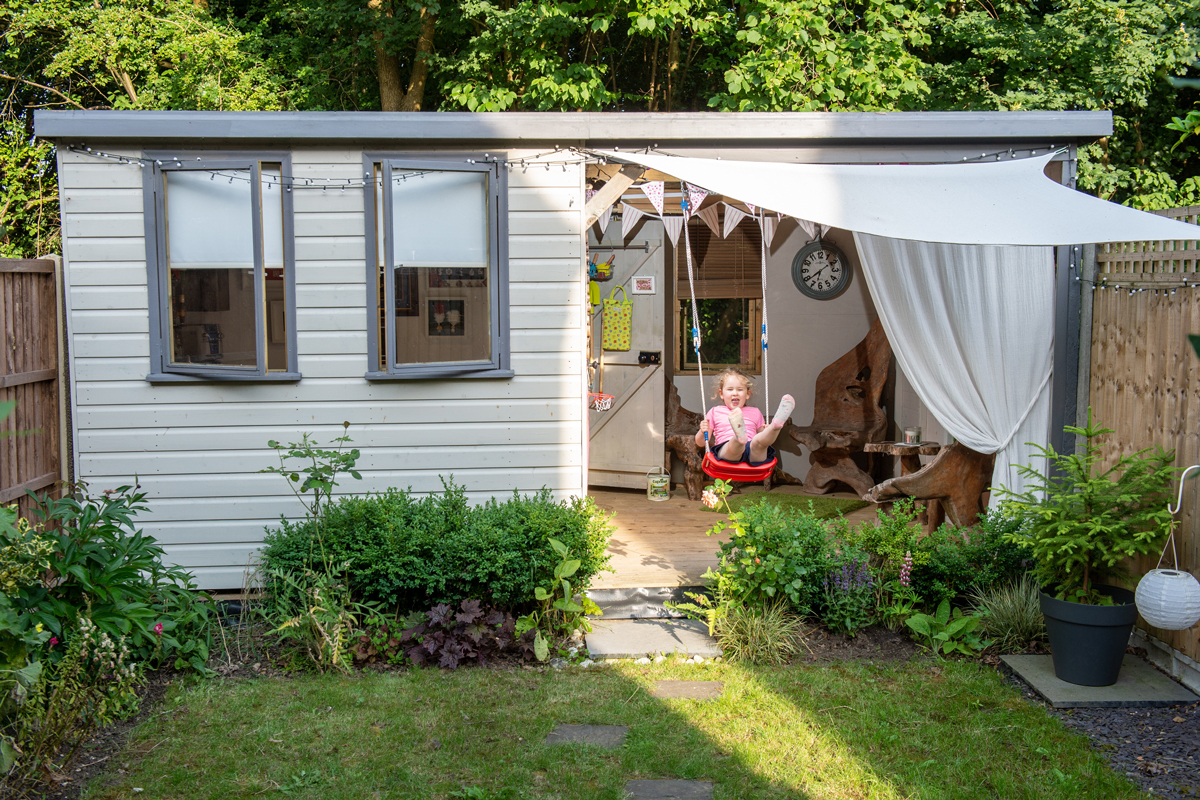
Turn your shed into a garden retreat with decorative touches.
If your garden shed is to include a work area for you to pot up plants, create craft projects, do some DIY, or just beat a retreat from the hustle and bustle of life, some decorative touches will make it a more enjoyable space for you to hang out in.
A stylish blind, or some pretty curtains at the window, or a throw and cushion on a comfy chair can create a warmer, more comfortable feel in a garden shed, like this entrant in Cuprinol's Shed of the Year competition.
"When it comes to choosing textiles, I steer towards natural materials such as linen, hemp or organic cotton," says Selina. "I also like decorative elements such as tassels, fringing and embroidery, and mix in handmade screen-printed designs, which I source via Etsy.
"Botanical and entomological prints featuring bees, leaves, florals or fruits are all particularly fitting for a garden dwelling. If you prefer a nostalgic, rustic vibe, vintage floral-printed linens in muted tones will create the right effect.
"Nowadays, there are special outdoor fabrics designed to withstand the weather, but I’m all for making use of what I already have. Fabrics can also be used as decorative and insulating wall coverings – tack up a flatweave rug to keep out cold draughts, or hang your favourite piece of fabric on the wall instead of art."
10. Choose a Metal Structure
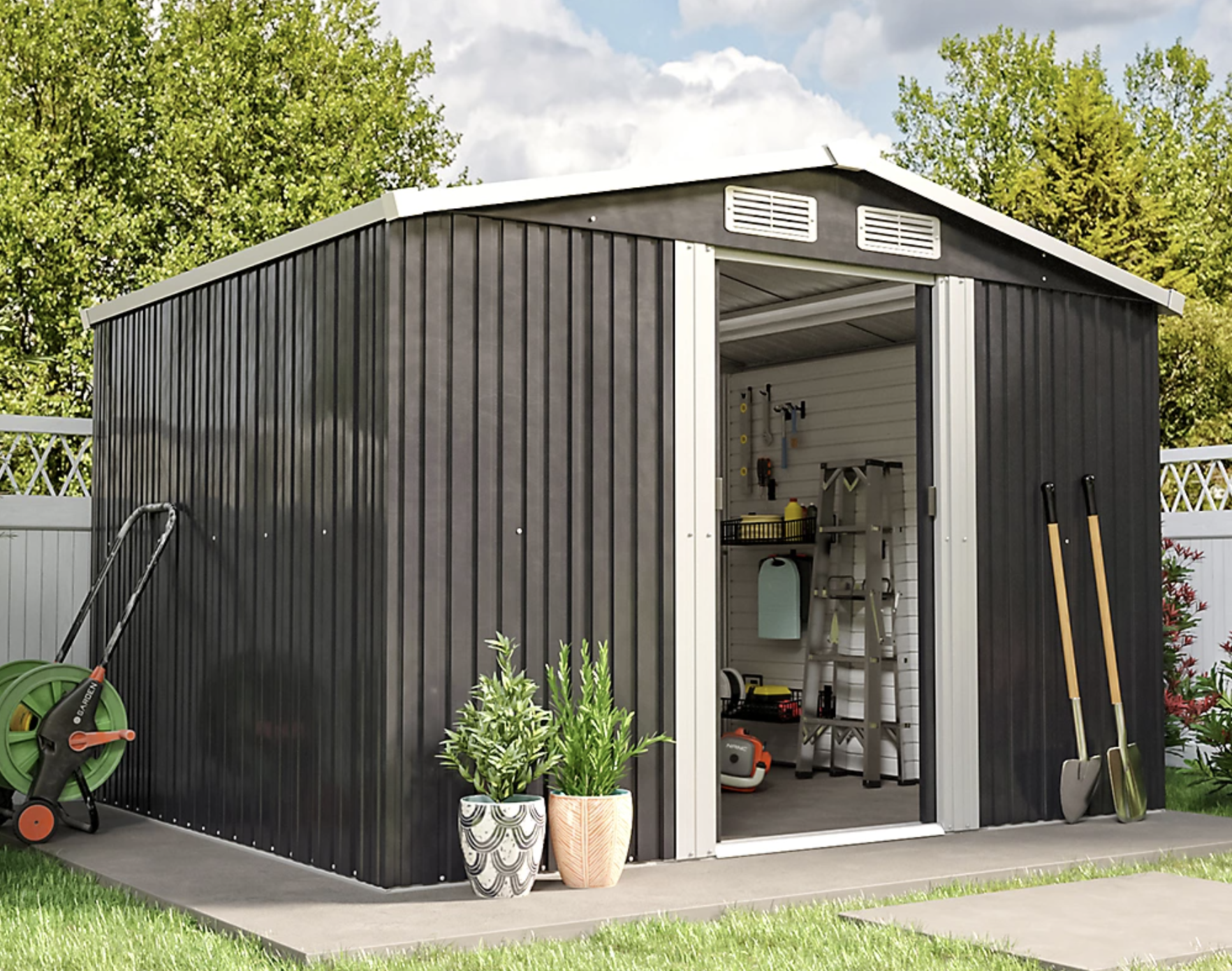
A metal shed provides secure storage for garden tools.
We tend to think of backyard sheds as timber structures, but there are plenty of metal sheds on the market too. These tend to be a cost-effective option and are usually self-assembly. They are generally available in colors such as black, grey or green, so there's no need to paint them.
Metal sheds are often windowless with lockable doors and have a more utilitarian look, so offer a secure home for lawn mower storage, power tools and other expensive garden equipment.
"Metal sheds are durable, low-maintenance, and weather-resistant, providing a solid structure, though they are heavier and more challenging to assemble," says Cindy Tsui, Garden Building & Watering Buyer at B&Q.
“Essentially, consider factors such as space, materials, treatment, cladding style, roof style, door and window configurations, and optional accessories. For example, timber sheds offer a timeless style and, typically, come in three different cladding styles: Overlap, Shiplap, and Tongue and Groove. In contrast, metal sheds are more durable and weather-resistant, making them a secure and low-maintenance solution.”
FAQs
Is It Cheaper to Buy or Build a Garden Shed?
This depends on the extend of your DIY skills. If you're competent at carpentry and are able to source good-quality, salvaged or cut timber, it can be cheaper to build a wooden shed than buy one. However, if you don't have access to saws, drills or other power tools, or are not confident using them, you may need to hire a tradesperson and this would entail a labour cost. These can differ wildly, depending on where you live. So get some quotes from tradespeople in your area and compare the difference.
Alternatively, metal sheds can be a cost-effective alternative, as they are generally less than half the cost of a wooden shed. Bear in mind, most 'off-the-shelf' sheds are self-assembly, and generally require two people to build, so you might need to recruit a friend – and buy them a drink or two, if you decide on this option.
How Big Can a Shed Be Without a Permit in the UK?
"If the shed is within two meters of a boundary, it generally shouldn't exceed 2.5 meters (8.2 feet) in height," says Cindy. "Further from a boundary, you may be able to go up to four metres, depending on the roof style.
"If a home is a listed building or located in a Conservation Area (or other protected landscapes), planning permission will be required. It’s also important that the shed is used for typical domestic purposes rather than as a separate living space.”
Cindy continues: "In many cases, you can put up a shed without needing planning permission thanks to permitted development rights. However, we would always recommend people to check with their local council's planning department before starting any significant garden project to ensure compliance with local regulations and avoid potential issues down the line."
As well as thinking about what you want to use your shed for and how much garden equipment you may need to store, consider where and how it will sit within the rest of your garden. Will your shed be in a prominent position and therefore need to blend in beautifully? Or can you tuck it behind a wall, out of sight? Armed with this information, you are better able to decide on the best option within your budget.
Jacky Parker is a freelance lifestyle journalist and writer, producing a wide range of features for magazines and digital platforms. She has written for Livingetc and its sister titles, Homes & Gardens and Country Homes & Interiors for more than 15 years, both as a freelance contributor and as Acting Digital Editor and Acting Style Content Editor, regularly reporting on the latest interiors, gardens and wellness inspiration, speaking to experts in their respective fields, and discovering the best tips.
Jacky has also written for other publications, including Sunday Times Style, The Telegraph, Architectural Digest, House Beautiful, ELLE Decoration, Red, Grand Designs and more.

